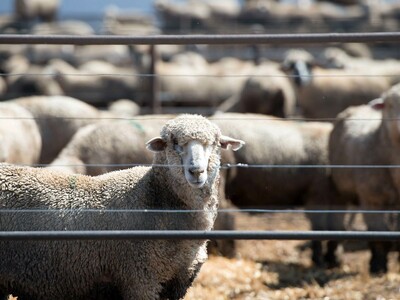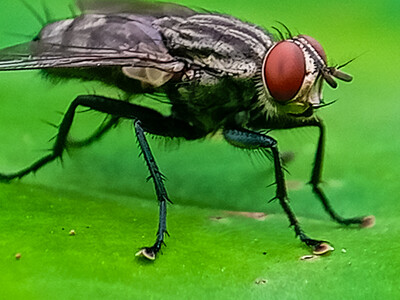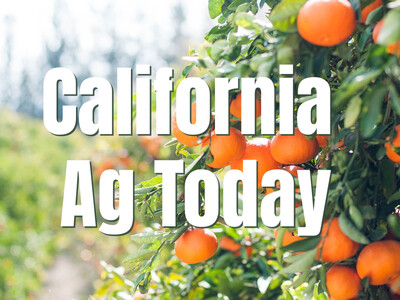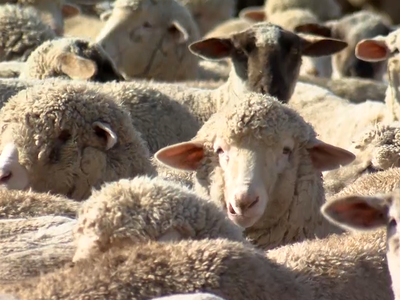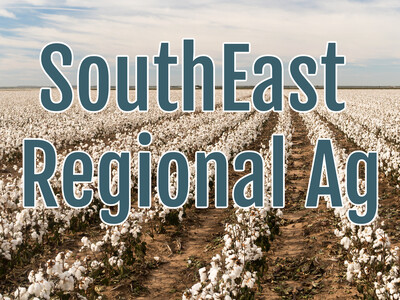Milder, Drier Winter
I am not very fond of cold weather so what am I doing living in the Northwest? Good question but there is something about a white Christmas that is enticing. Chances for a winter wonderland for much of the northwest this year are not quite as strong as they were 12 months ago, according to an expert with the Oregon Department of Agriculture. El Niño is the name given to the periodic warming of sea-surface temperatures in the tropical
PARSONS: El Niños tend to give us milder and drier than normal winters overall, with a decreased chance of valley snow.
That's in contrast to last year, which featured some cold temperatures and some serious snow in the
PARSONS: The overall snowpack with El Niño does tend to be below average-not always, but that's the tendency. It tends to start off really good in the mountains, as it has done this year, with a lot of snow up there in November. Then it tends to back off in the middle of the winter, then pick up again in the spring. Come March and April, we can get some pretty significant snows in the mountains.
It won't be until April before we'll know what kind of water year it will be in 2010, but agriculture will keep an eye on the winter weather with hopes enough snow falls in the mountains to provide summer irrigation water. Parsons predicts less snowpack in the mountains over the winter but is encouraged by the early snow that has already fallen in
PARSONS: It's nice that we got off to an early start. That helps. You don't always get that with El Niño. So that does give us a good start. So even if it does back off a little bit in the middle of winter, we'll still have at least a decent snowpack up there.
Parsons says the weather this winter will probably be quite different from last year.
PARSONS: The odds of extremely cold weather are lower this winter. The odds of a late season cold air outbreak are lower this winter. The temperatures are likely to overall be milder.
So that White Christmas may just be a post card picture this year. Taking a look at the Old Farmer’s Almanac weather predictions winter temperatures will be above normal, with the coldest periods in early to mid-December and early February. But they predict precipitation will be above-normal snowfall. The snowiest periods will occur in early and mid-November, mid- and late December, and mid- and late January.
That’s today’s Line On Agriculture. I’m Greg Martin on the Northwest Ag Information Network.






